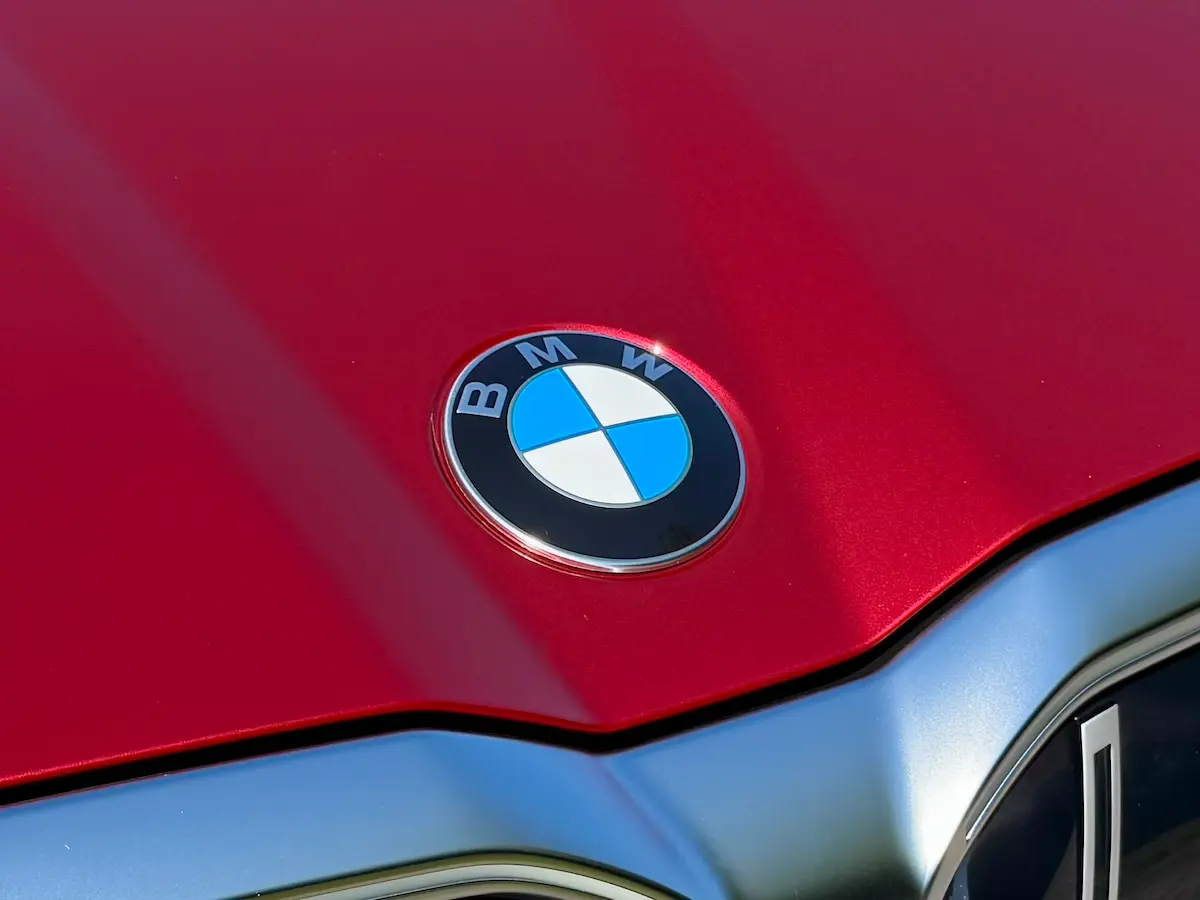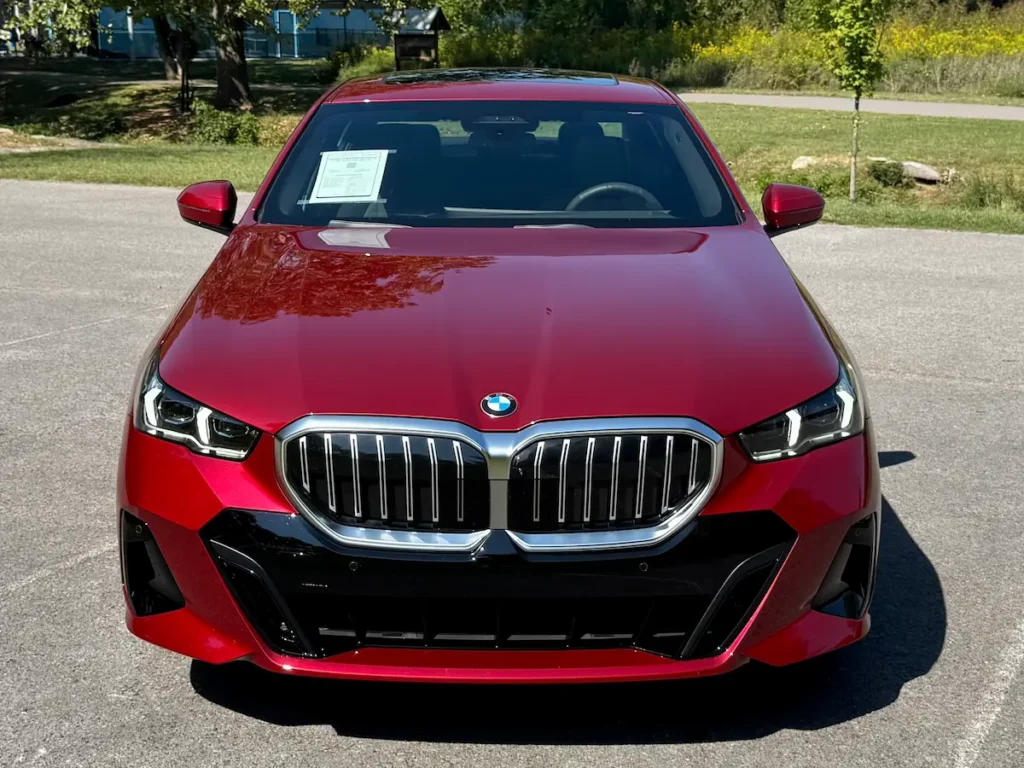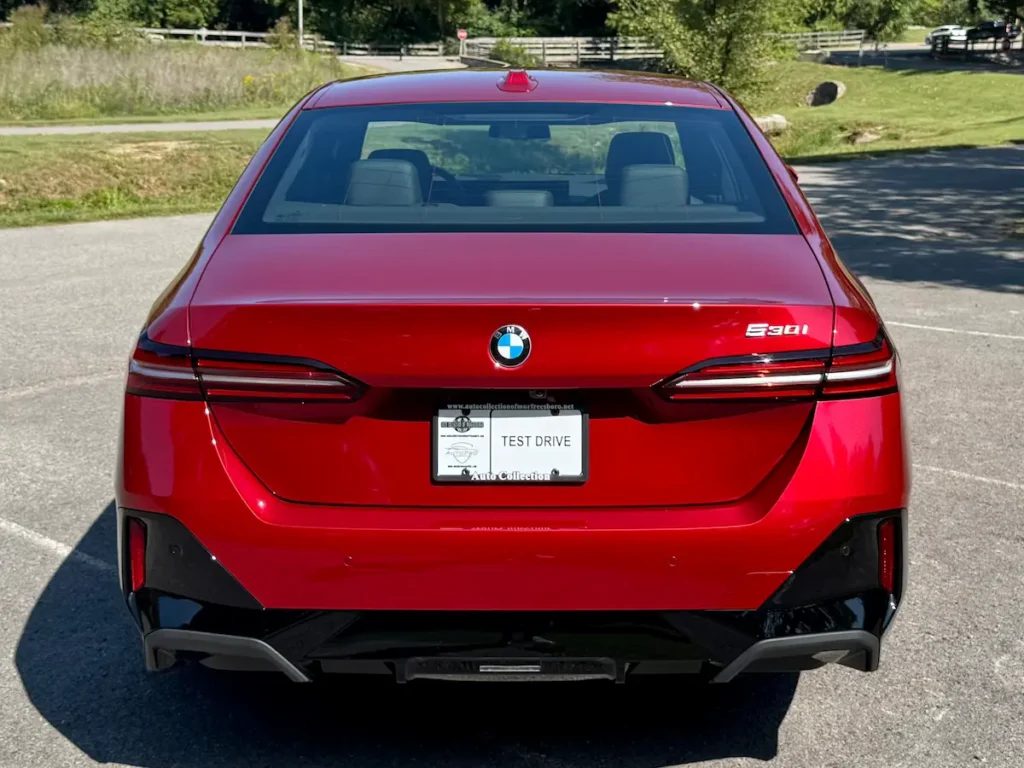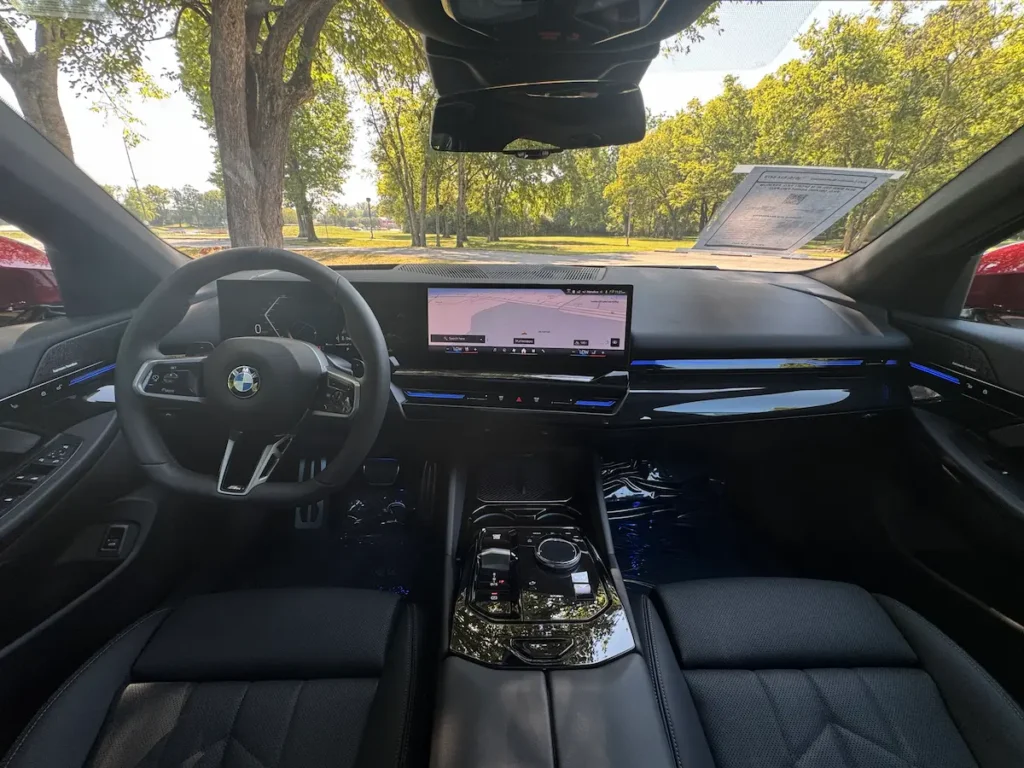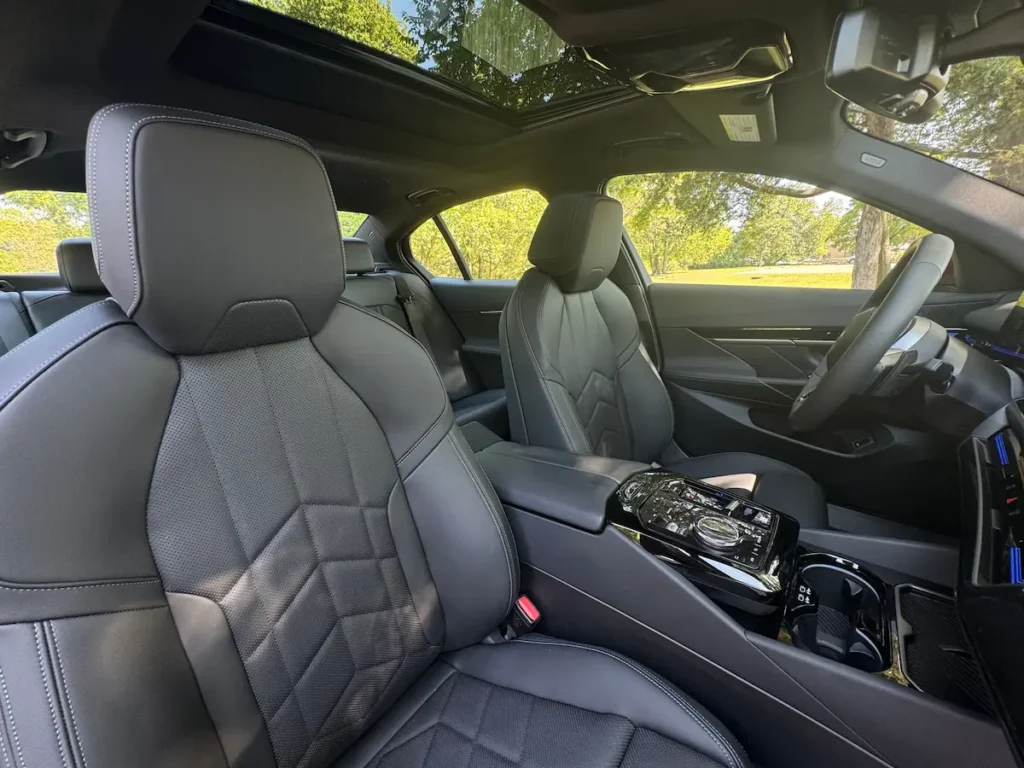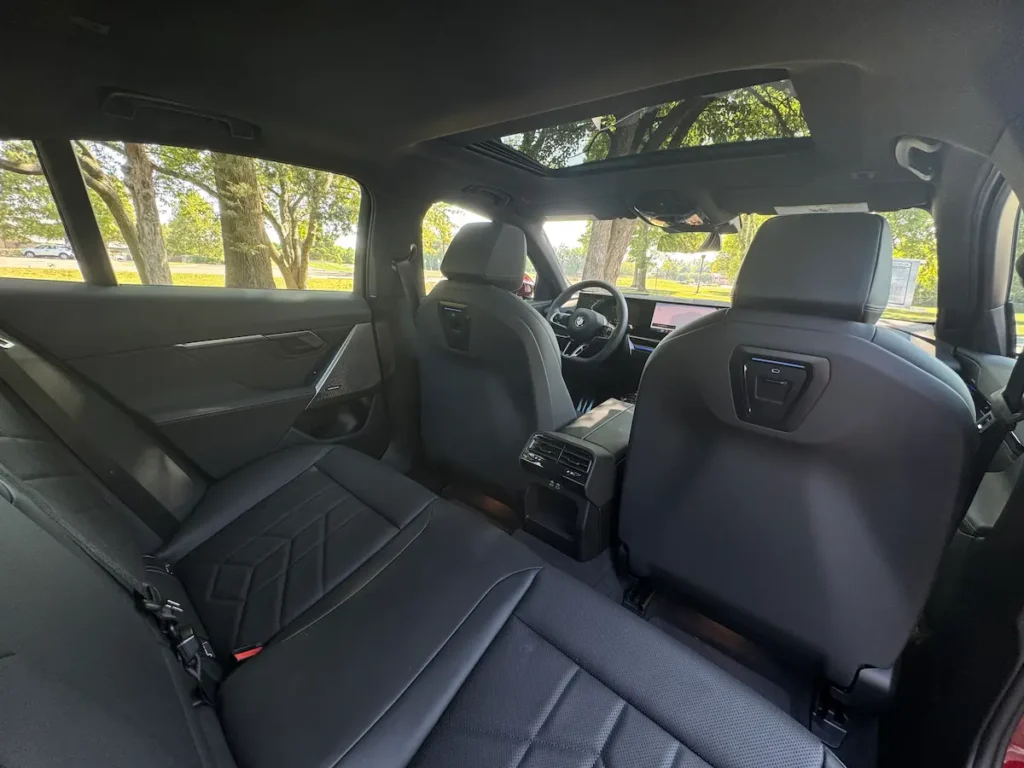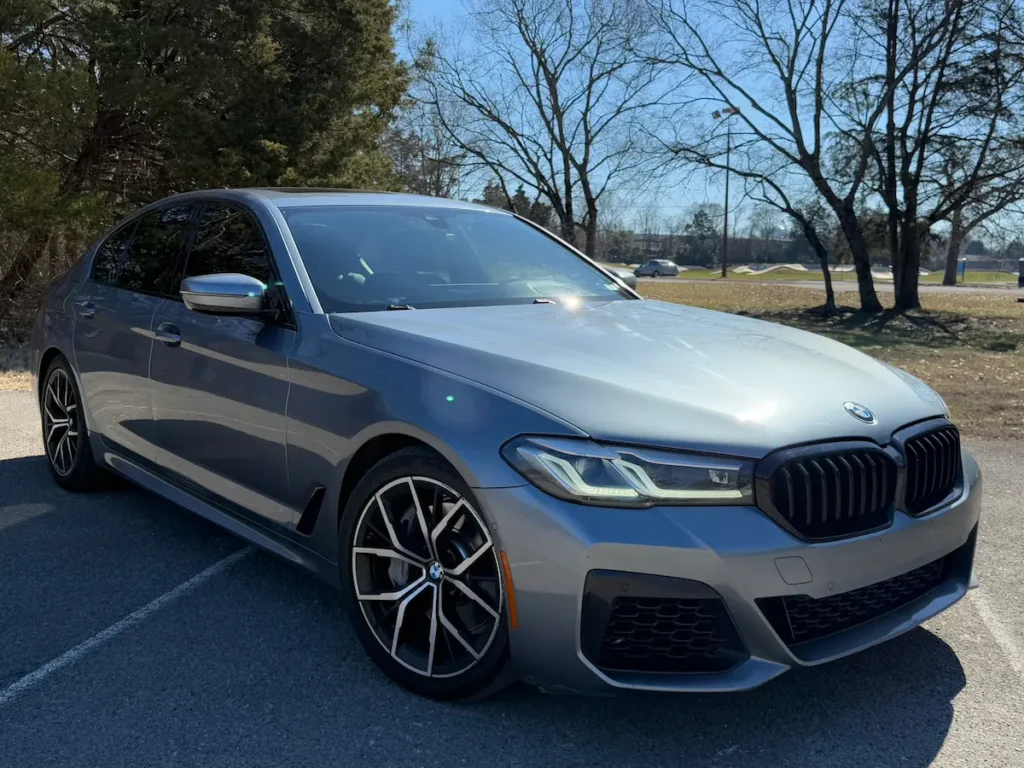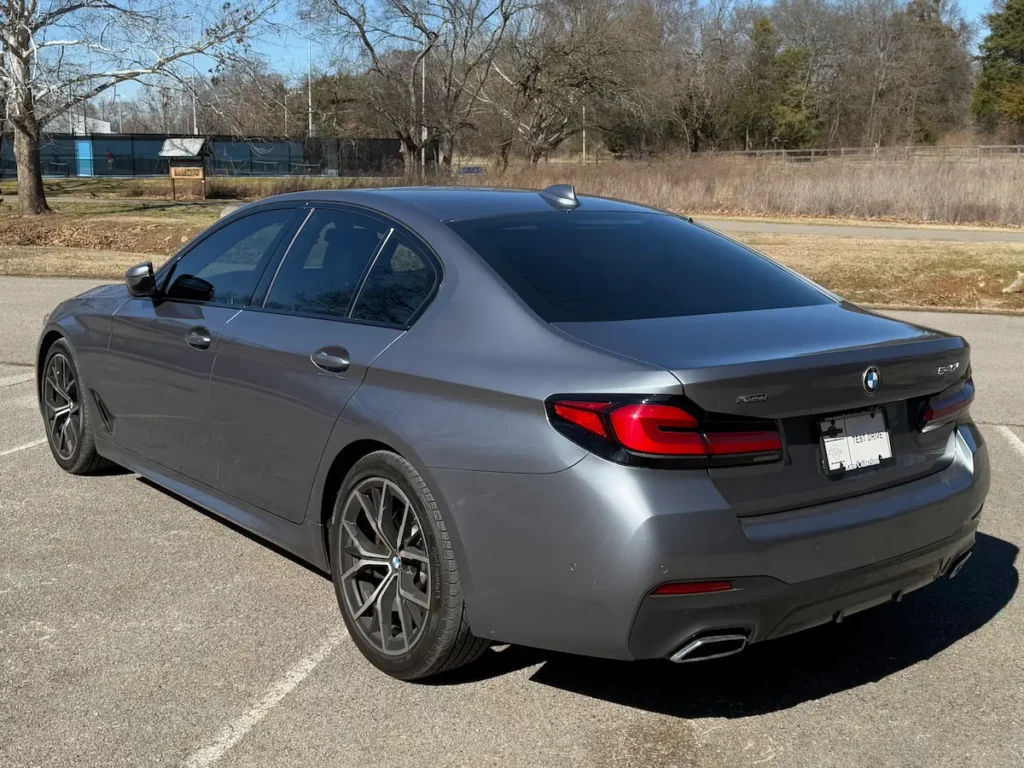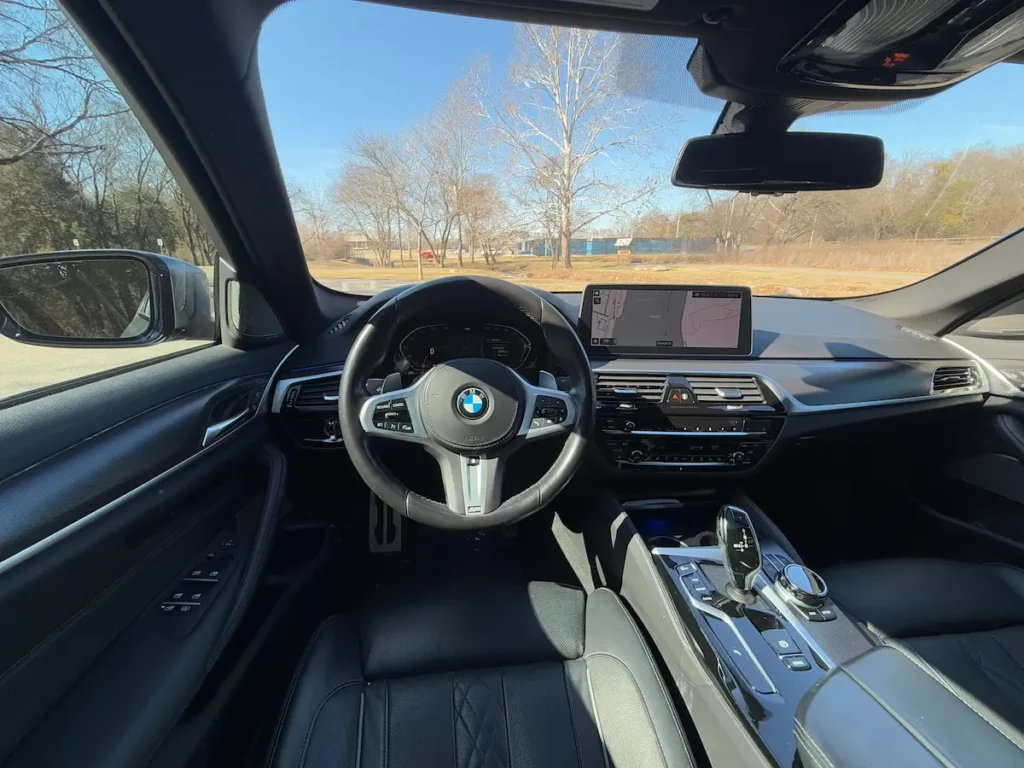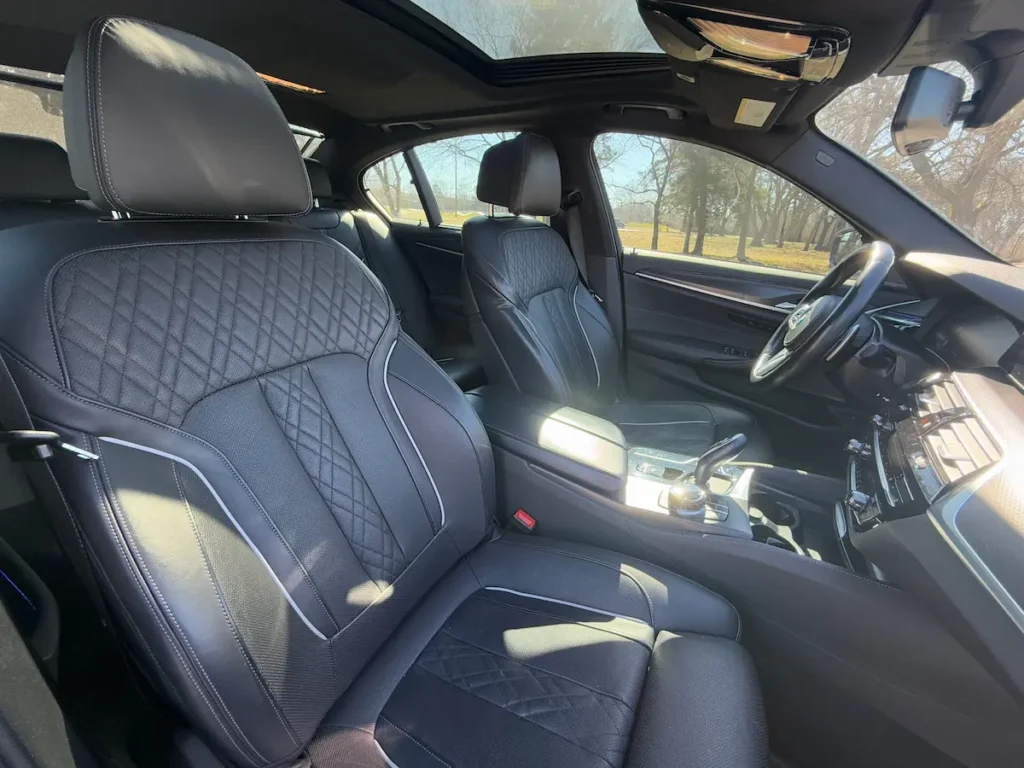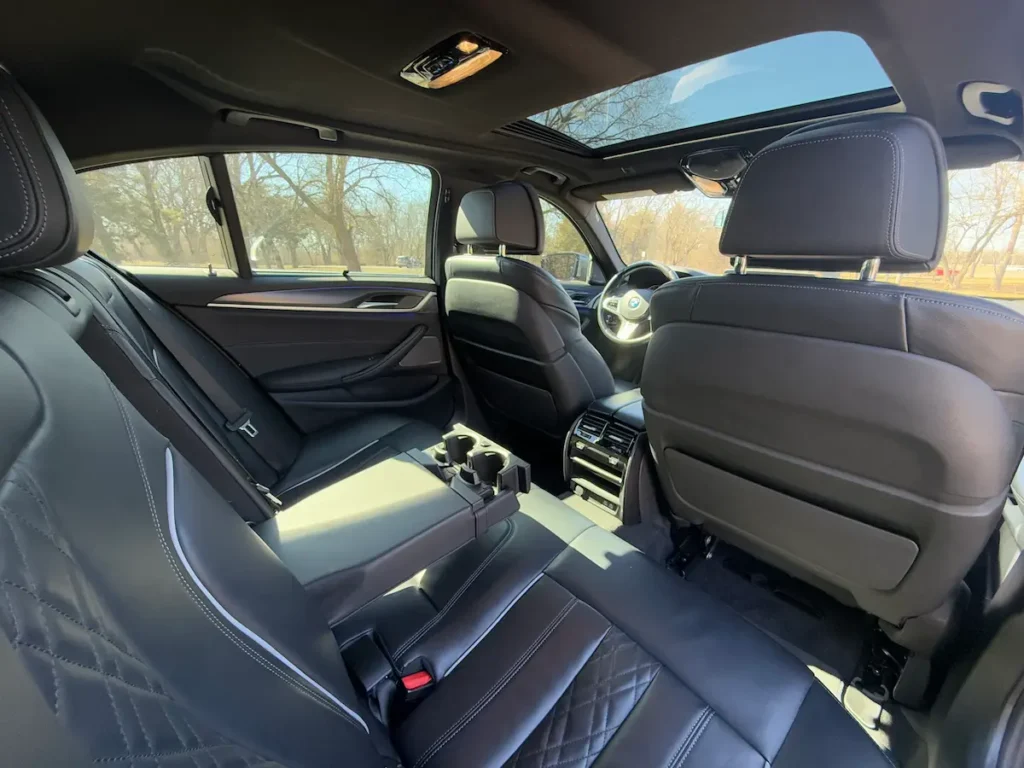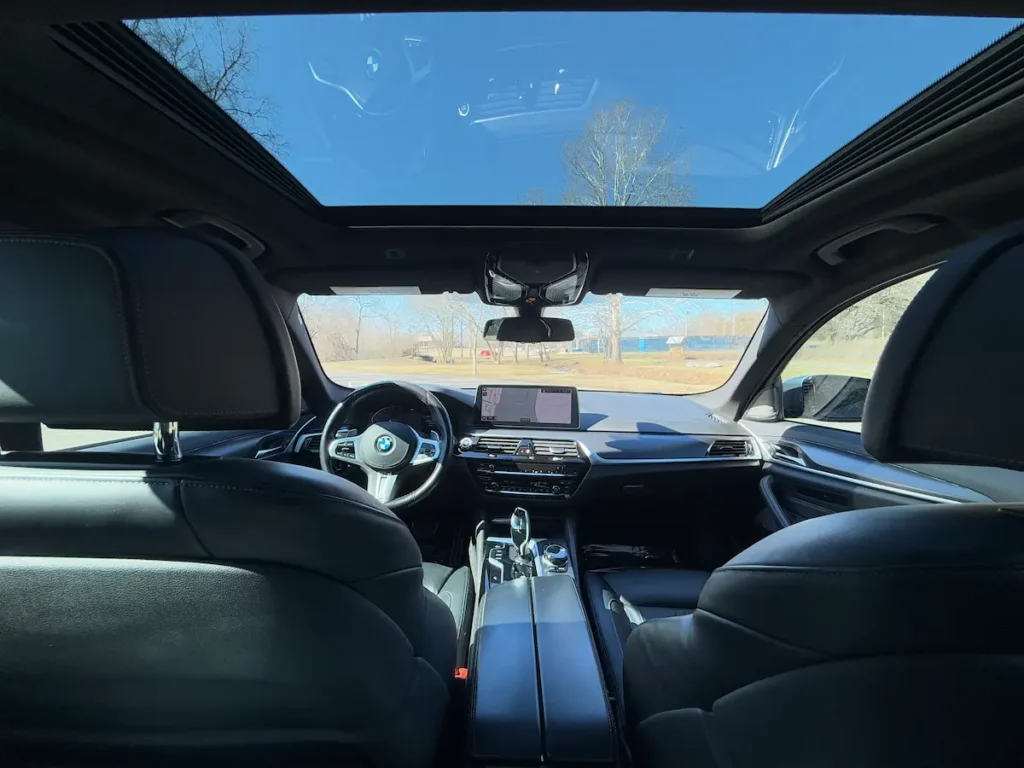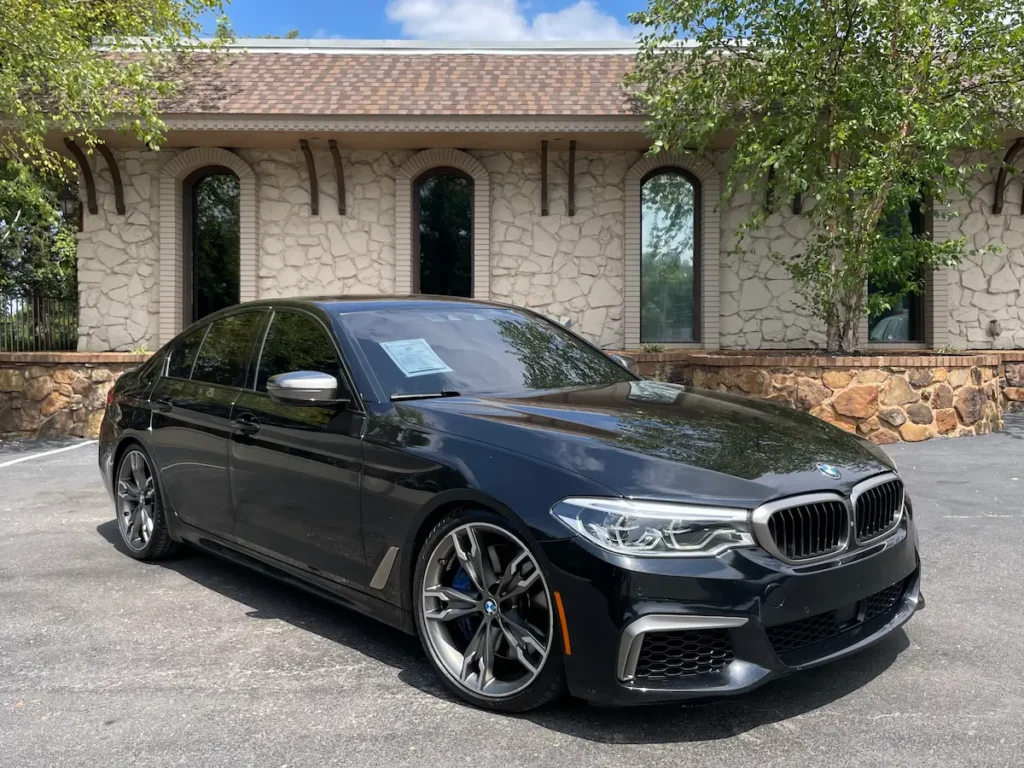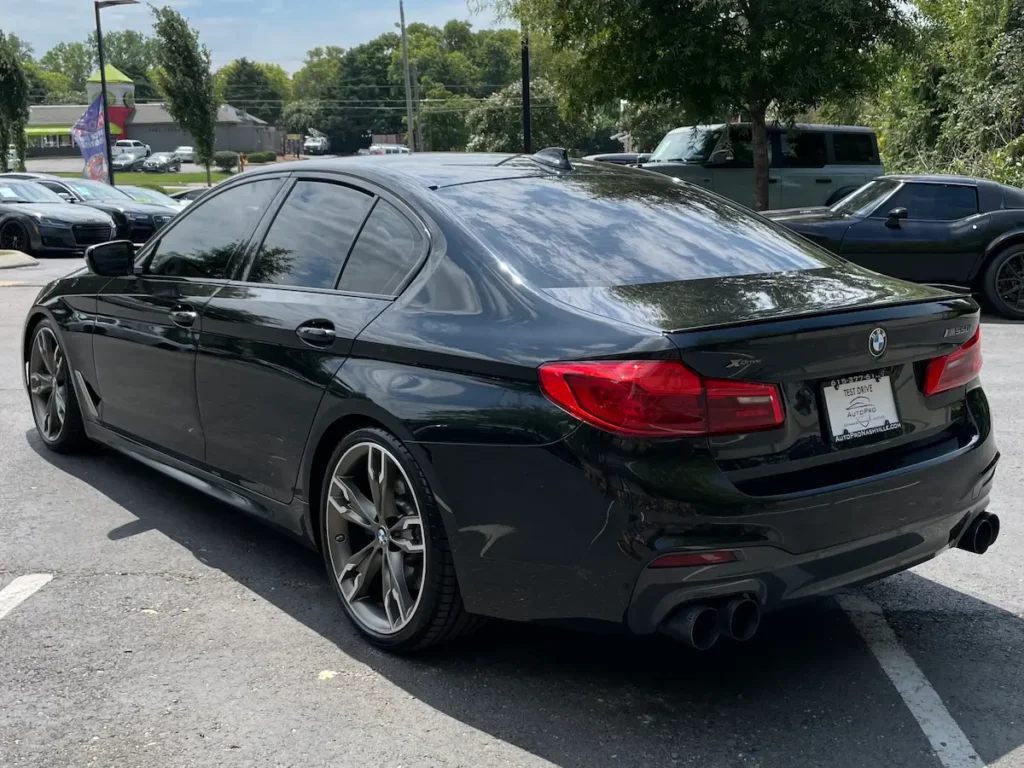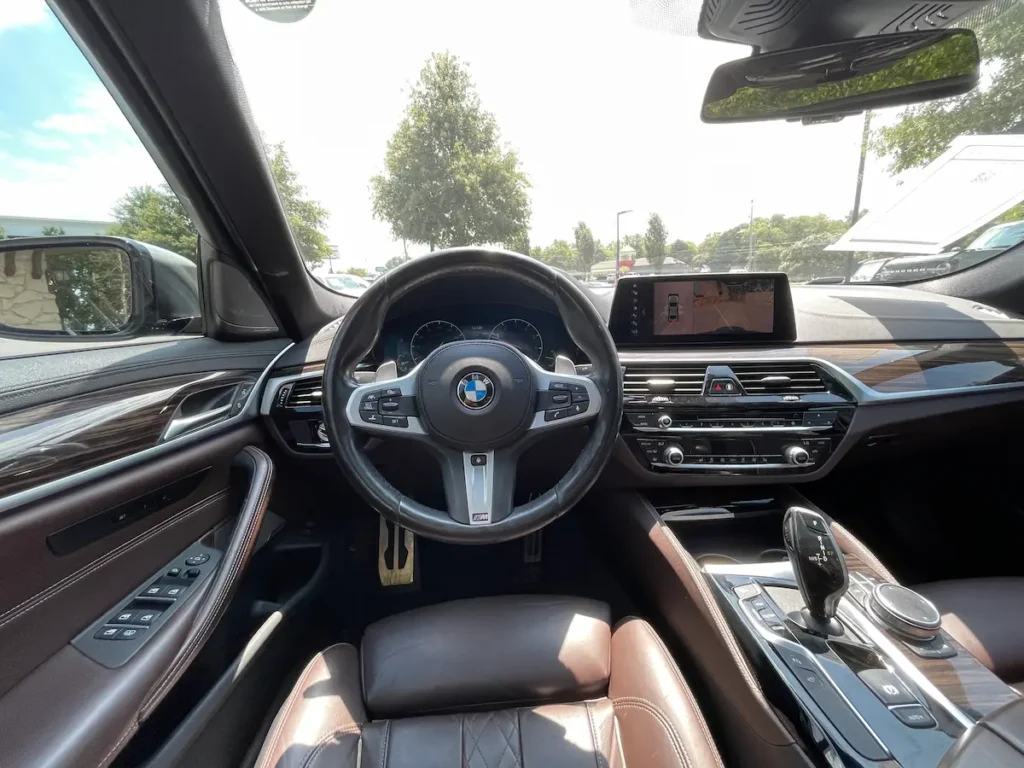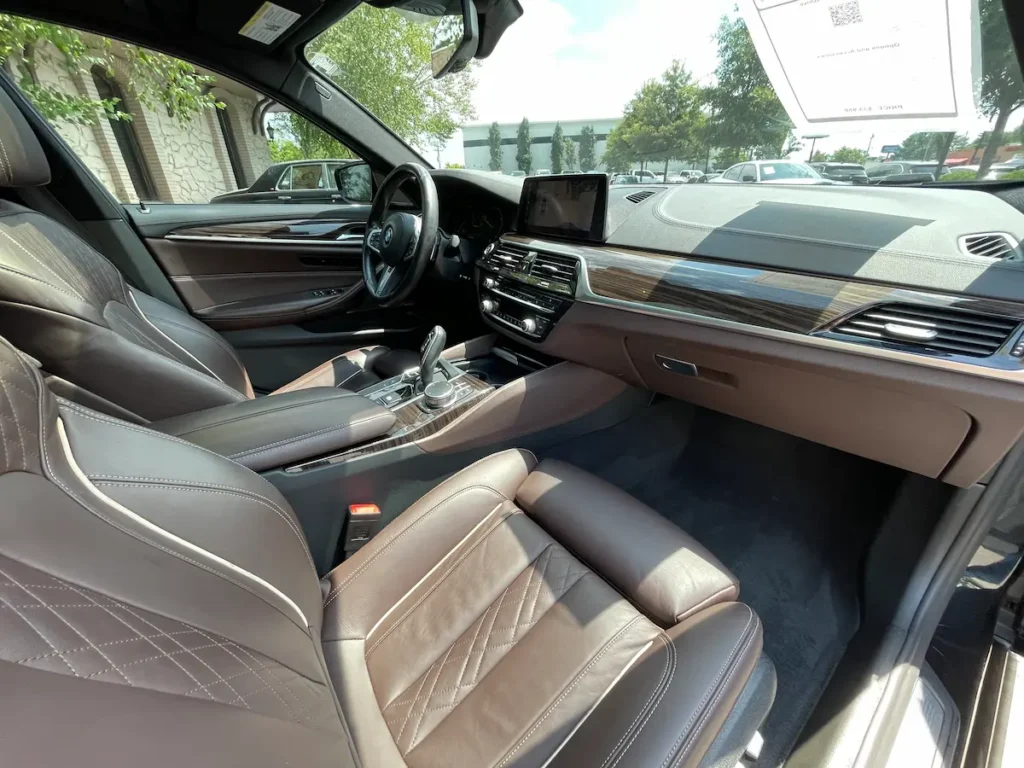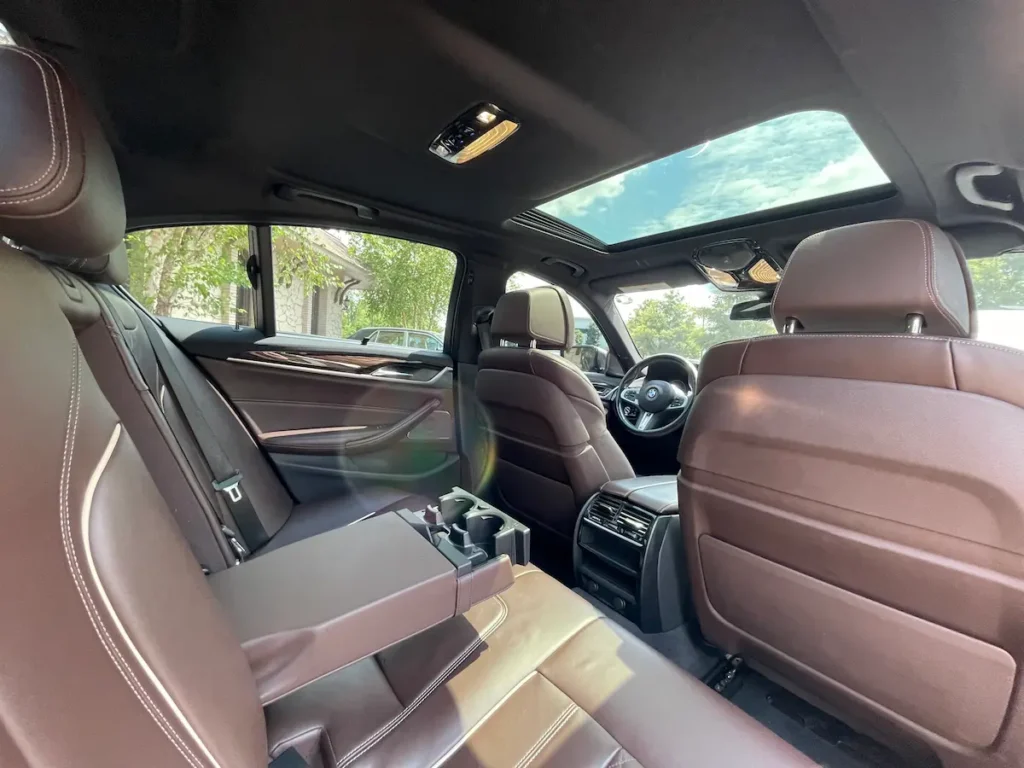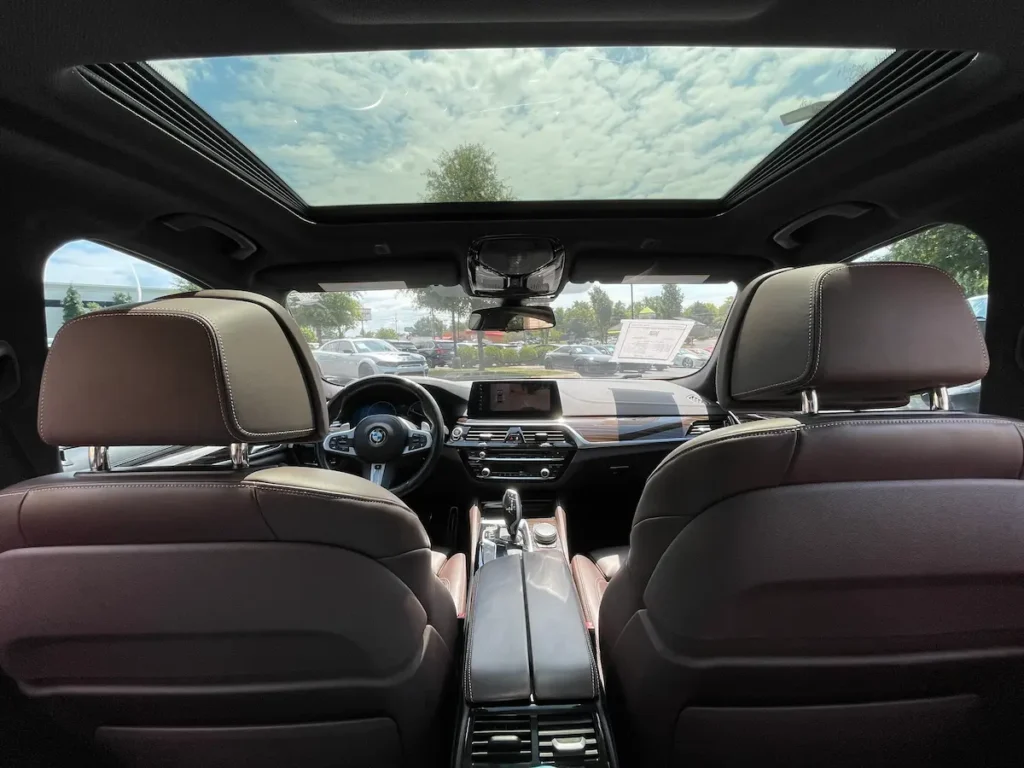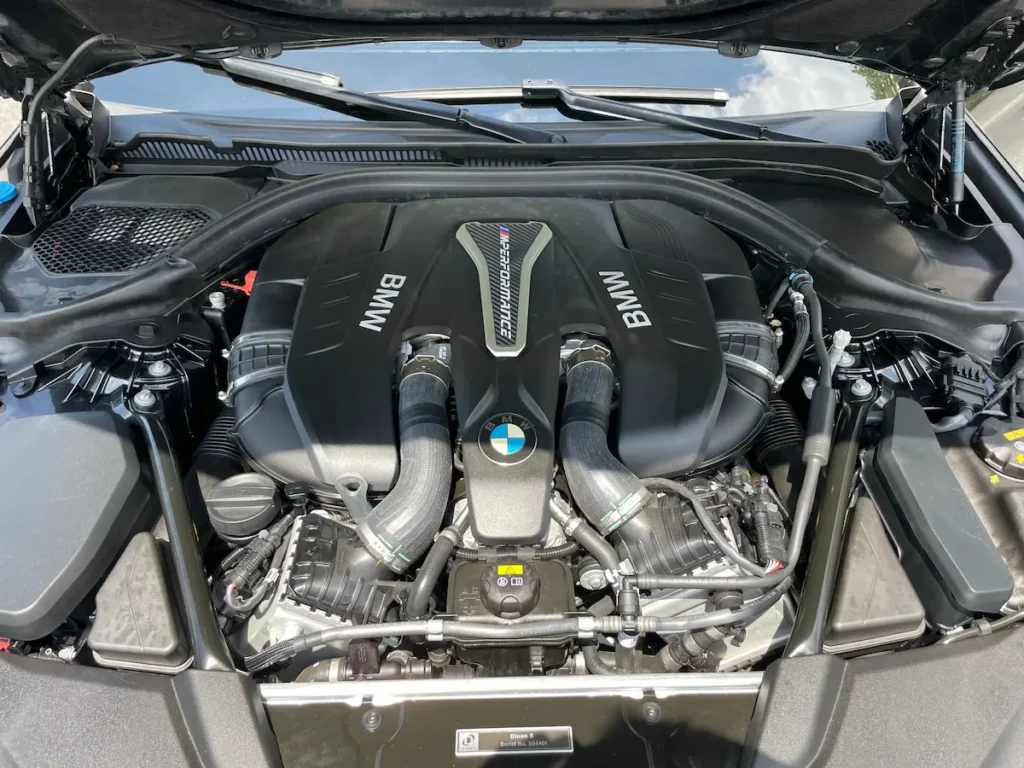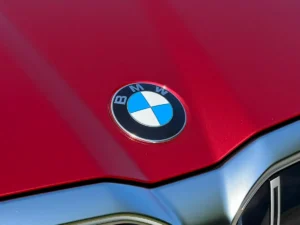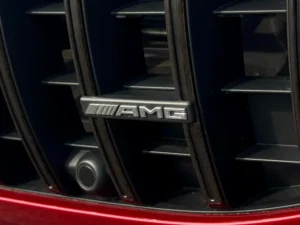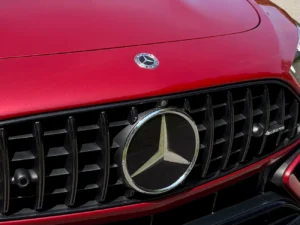Used BMW 5-Series Review (2020–2024): Reliability, Trims & Tips
Looking for a luxury sedan that blends executive comfort with real driving fun — without the new-car price tag? The BMW 5-Series might be your perfect match. With refined styling, sharp handling, and timeless German engineering, it’s one of the smartest used luxury buys around.
Buying used means letting depreciation work in your favor. You’ll enjoy the same tech, interior quality, and performance that cost first owners a premium — for far less money. In this BMW G30 buyer’s guide, we’ll help you understand what sets this generation apart from its rivals in the used luxury sedan market. Beyond performance, we’ll explore long-term ownership costs, value retention, and real-world reliability — the things that matter most when you’re shopping smart for a pre-owned 5-Series.
Table of Contents
Model History & Evolution
For over 50 years, the BMW 5-Series has evolved from a crisp German sport sedan into a refined executive car that still prioritizes driving feel. Each generation improved reliability, comfort, and technology — and understanding this evolution helps identify the smartest used models to buy today. you can also read about history of BMW in our Unveiling History of BMW at AutoPro Nashville blog.
Early Generations (E12 → E39): Building the Blueprint
Launched in the early 1970s, the original 5-Series combined grand-touring comfort with BMW’s trademark handling precision. By the late ’90s, the E39 (1995–2003) perfected that formula — smooth inline-six engines, impeccable balance, and timeless design. It remains a favorite among enthusiasts for embodying BMW’s “driver’s luxury” philosophy.
E60 (2003–2010): Innovation Meets Controversy
The E60 generation pushed technology forward with iDrive, optional heads-up display, and active steering — groundbreaking at the time. But its complex electronics and bold styling divided fans. It’s an interesting choice for buyers who want character and performance at a lower entry cost, though upkeep can be higher.
F10 (2011–2016): The Polished Executive
With the F10, BMW shifted toward luxury and refinement. Ride comfort, cabin materials, and tech all improved substantially. The trade-off was a softer, less communicative drive compared to earlier models. Still, for used buyers prioritizing quiet composure and long-distance comfort, the F10 represents outstanding value.
G30 (2017–2024): The Modern Benchmark
The G30 5-Series brought BMW back to balance — lighter on its feet, more efficient, and technologically confident. Built on the CLAR platform and powered by the proven B48 and B58 engines, it blends classic BMW precision with modern luxury. Inside, it feels nearly 7-Series–level in quality, offering digital displays, adaptive suspension, and advanced driver assists.
By 2020, the G30 had reached peak maturity — a perfect blend of performance, refinement, and everyday usability, before the brand’s full shift toward electrification.
The Takeaway
- Pre-2010 models: Full of charm, but older tech and upkeep demands.
- F10 (2011–2016): Great value for comfort-first buyers.
- G30 (2017–2024): The modern sweet spot — luxurious, reliable, and still unmistakably BMW.
If you want the true essence of the brand — poised, engaging, and built to last — the 2020–2024 5-Series remains the most rewarding version to buy used today.
G30 and the G60 BMW i5
This guide focuses on the G30 5-Series (2017–2024), covering models like the 530i, 530e, 540i, and M550i. In 2023, the G60 generation debuted with the all-electric BMW i5. While the i5 is part of the 5-Series family, it’s a distinct G60 model, with used examples appearing from 2023. This blog centers on the G30 to avoid confusion.
Specs, Trims, and Real-World Features
The 2020–2024 BMW 5-Series represents the peak of the G30 generation — the years when BMW refined everything that makes its midsize sedan special: powertrain precision, balanced handling, and elegant comfort. Each trim offers a distinct driving personality, from calm commuter to discreet powerhouse. Here’s what you’ll find most often in today’s used-car market — and what makes each version worth considering.
530i / 530
If you’re after timeless comfort and efficiency without giving up BMW’s trademark poise, the 530i is your match.
Engine & Performance
- 2.0-liter turbocharged inline-4 (B48) producing 248 hp and 258 lb-ft of torque (U.S. spec)
- Eight-speed automatic transmission, rear-wheel drive standard; xDrive AWD optional
- 0–60 mph in about 5.9 seconds (RWD) or 5.8 seconds (AWD)
Why it matters:
This engine offers the best mix of smoothness and fuel economy in the lineup — quiet around town, eager when pushed. It’s proof that BMW’s smallest 5-Series powertrain still delivers the precision and composure the brand is known for.
Interior & Comfort
Power-adjustable seats, dual-zone climate control, and excellent sound insulation create a calm, executive feel. The cabin quality is solid, with a clean layout that keeps controls intuitive rather than flashy.
Technology
- iDrive 7 infotainment system with 12.3-inch display
- Apple CarPlay / Android Auto (standard from 2021)
- Optional head-up display and advanced driver-assistance package
530e / 530e iPerformance / 530e xDrive iPerformance
The 530e plug-in hybrid gives you electric quietness for short trips and traditional BMW punch for longer ones — a great bridge between gas and electric.
Engine & Performance
- 2.0-liter turbo inline-4 plus integrated electric motor
- Combined output: 288 hp / 310 lb-ft of torque
- Electric-only range of about 21–25 miles (2021–2023 models); 0–60 mph ≈ 5.7 s
- Recharge time: roughly 3 hours on a Level 2 charger
Why it matters:
The 530e makes sense for drivers who spend most of their week in traffic or short commutes — it glides silently in EV mode, then blends power seamlessly when you need it. Low running costs without giving up luxury or dynamics.
Interior & Comfort
Virtually identical to the 530i inside, with hybrid-specific displays showing charge status and energy flow. The battery sits beneath the rear seat, trimming trunk space slightly but leaving cabin room untouched.
Technology
- Hybrid-specific iDrive menus with energy and charging data
- Cabin pre-conditioning (heat / cool while plugged in)
- Same advanced driver-assist options as gasoline models
540i
The 540i is the enthusiast’s choice — refined yet effortlessly fast, it embodies BMW’s “Ultimate Driving Machine” promise better than any other trim.
Engine & Performance
- 3.0-liter turbocharged inline-6 (B58) rated at 335 hp and 332 lb-ft of torque
- Eight-speed automatic; RWD or xDrive AWD
- 0–60 mph in about 4.9 seconds
- From 2021, a 48-volt mild-hybrid system adds smoother start-stop operation and slightly better fuel efficiency
Why it matters:
The B58 engine is a gem — buttery smooth, eager to rev, and powerful in every gear. The 540i strikes that rare balance between comfort and athleticism that makes it feel alive on any road without ever being tiring.
Interior & Comfort
Luxury takes a clear step up: genuine leather, ambient lighting, and optional M Sport seats for extra support. Adaptive dampers keep the ride supple yet composed.
Technology
- Available Harman Kardon or Bowers & Wilkins audio
- Updated iDrive 8 interface on later models (faster and cleaner UI)
- Advanced driver-assist suite including lane-centering and traffic-jam assist
Are you interested in another series of BMW? read about BMW 7-Series here or you can read about BMW 4-Sereis here.
550i / M550i xDrive
The M550i xDrive is the hidden weapon of the range — an executive sedan with genuine sports-car pace wrapped in understatement.
Engine & Performance
- 4.4-liter twin-turbo V8 (N63) delivering 523 hp and 553 lb-ft of torque
- Standard xDrive AWD, adaptive M suspension, and variable-sport steering
- 0–60 mph in around 3.6 seconds
Why it matters:
This is the 5-Series at its most thrilling. It delivers immense power with near-silence and poise — a car that can devour highway miles one minute and out-accelerate dedicated sports cars the next. It’s the final chapter of BMW’s V8-powered luxury sedans — collectible, capable, and surprisingly refined.
Interior & Comfort
Top-tier details abound: Merino leather, intricate stitching, and M Performance touches. Despite its strength, it remains serene at speed, with effortless throttle response and quiet composure.
Technology
- Performance-tuned drive modes and adaptive M suspension
- Laser headlights and full driver-assist suite
- Premium sound system and intuitive digital controls
Shared Comfort, Tech & Everyday Practicality
Across all trims, every 2020–2024 BMW 5-Series delivers the hallmarks that make it such a compelling used-luxury choice:
- Ride & Handling: Adaptive suspension balances agility and comfort beautifully.
- Cabin Design: Driver-focused layout with high-quality materials and excellent ergonomics.
- Technology: Modern infotainment and active-safety systems keep you connected and confident.
- Everyday Usability: Spacious rear seating and generous trunk space make it as practical as it is premium.
In short:
- The 530i is the refined daily driver.
- The 530e is the smart hybrid commuter.
- The 540i is the balanced performer.
- The M550i is the understated V8 rocket.
For an independent perspective on performance and road manners, see this Car and Driver 2024 5-Series review.
Buying Guide & Competitive Analysis
The BMW 5-Series has long defined the sweet spot between luxury and performance. When shopping used, it’s all about balancing maintenance expectations, technology, and the driving feel you want. Here’s what matters most when buying a 2020–2024 BMW 5-Series.
Reliability & Best Years to Buy
Precision engineering delivers an incredible drive — but demands proper care. The 2020–2024 models are among the most dependable 5-Series sedans ever built, provided they’re serviced regularly.
The realistic picture:
- Annual maintenance: Around $1,000–$1,400 for a 530i or 540i; the V8-powered M550i costs more.
- Common issues: Occasional sensor or infotainment glitches, minor oil seepage, and cooling-system wear on higher-mileage cars.
- Hybrid note: The 530e plug-in is reliable, but its battery and software need consistent updates.
- Best practice: Choose cars with complete service records and stick to 8–10k-mile oil changes — not BMW’s extended intervals.
A well-maintained 540i will easily outlast a low-mileage car that’s been serviced inconsistently. The B58 inline-six and eight-speed ZF transmission are especially robust, giving this trim one of the strongest reliability records in its class.
Best used years to target:
- 2020–2022 540i: Ideal mix of refinement and mild-hybrid efficiency.
- 2021–2023 530e: Great for urban commuters — the last of BMW’s plug-in 5-Series sedans.
- 2020–2023 M550i xDrive: Final twin-turbo V8 5-Series; fast, refined, and collectible.
- 2023 530i / 540i: The closing year of the G30 — modern tech without the complexity of newer hybrids.
If you prefer the traditional rear-drive balance, mechanical feel, and sound that built BMW’s legend, these are the models to focus on.
Why Buying Used Makes Sense
New luxury cars lose 30–40% of their value in three years. A lightly used 2020–2023 5-Series offers the same cabin quality, performance, and driver engagement for thousands less.
You still get:
- Superb balance between comfort and agility
- Interiors that age gracefully when maintained
- High-end options like adaptive suspension and premium audio, already paid for by the first owner
It’s one of the few used luxury sedans that still feels engineered for the driver — not just for touchscreens.
Competitive Analysis — The Honest Take
The midsize luxury segment is fiercely competitive, and the 5-Series sits right in the middle — rarely the cheapest, but often the most rewarding to drive.
| Class / Brand | Strengths | Comparison |
|---|---|---|
| Mercedes-Benz E-Class / CLS | Benchmark comfort, serene cabins | The E-Class is softer and quieter, but the 5-Series corners flatter and feels more connected. |
| Audi A6 / A7 | Immaculate interiors, Quattro traction | Audi wins for quiet refinement; BMW feels more athletic and rear-biased. |
| Lexus ES / GS | Bulletproof reliability, low ownership cost | Lexus is easier to own but lacks the engagement and steering precision of the BMW. |
| Genesis G80 | Excellent value, long warranty | A strong newcomer, though its steering and chassis can’t yet match BMW’s finesse. |
| Cadillac CT5 / CT5-V | Sharp design, punchy powertrains | Great performance for the money, but the interior and ride quality trail the BMW. |
In BMW vs Mercedes vs Audi reliability rankings, the 5-Series remains one of the most balanced — not the cheapest to maintain, but easily among the most satisfying to own long-term.
Bottom line:
- Choose Mercedes if comfort is your top priority.
- Choose Lexus for worry-free ownership.
- Choose BMW 5-Series if you want a luxury sedan that still feels engineered for the driver.
The 2020–2024 models represent the last chapter of BMW’s driver-focused, gasoline-powered era before the brand’s full shift toward electrification.
Pricing & Value in the U.S. Market
When it comes to used BMW 5-Series prices, the 2020–2024 G30 generation delivers outstanding value for money. Here’s what you can expect in the U.S. market (as of late 2024):
| Trim | Typical Used Price (USD) | What You Get |
|---|---|---|
| 530i / 530i xDrive | $28,000 – $38,000 | Smooth, efficient four-cylinder power with premium comfort and tech. |
| 530e Plug-In Hybrid | $30,000 – $42,000 | Ideal for city drivers — short EV range, low running costs, and luxury refinement. |
| 540i / 540i xDrive | $35,000 – $48,000 | The sweet spot: six-cylinder performance, balance, and strong reliability. |
| M550i xDrive | $45,000 – $60,000 + | Last of the V8 5-Series — immense power and growing collector appeal. |
Depreciation makes these cars an intelligent buy — you’re getting flagship-level performance and quality for half the cost of new.
Smart-Buy Summary
- Verify full maintenance history before purchase.
- Check iDrive, cameras, and sensors — small tech issues add up.
- Test-drive on roads you frequent to gauge ride firmness.
- Be cautious with V8s — amazing engines, but upkeep must be meticulous.
- Expect 150k + miles of lifespan from a well-maintained G30.
Bottom Line:
The 2020–2024 BMW 5-Series rewards drivers who value craftsmanship and care. It’s refined, quick, and timeless — the perfect finale to BMW’s traditional luxury-performance era.
Choosing the Right Dealership
Buying a luxury car isn’t just about the vehicle — it’s about who you buy it from. A good dealership doesn’t just sell you a car; it earns your trust. Here’s what separates a solid used-luxury dealership from the rest:
- Transparent history: Every vehicle should come with complete service records and full disclosure of any past repairs or accidents.
- Warranty options: Reputable dealers offer certified or extended-warranty coverage, giving you protection well beyond the test drive.
- Tailored financing: Premium used cars often benefit from flexible financing options, not generic “mass market” loans.
- Flexible test drives or delivery: You should be able to experience the car on your own terms — ideally on the roads you drive every day.
- Proven reputation: Look for verified reviews, customer testimonials, and consistent service quality. A dealer that values transparency is one you’ll want to work with again.
When a dealership checks all these boxes, you’re far less likely to face unpleasant surprises later. Ultimately, you want a partner that understands luxury ownership — not just the transaction, but the experience.
AutoPro Nashville is one of those dealerships that takes that extra step — offering carefully curated vehicles, transparent records, and a customer-first approach that fits the high standards luxury buyers deserve.
Explore our used BMW 5-Series inventory and find the right blend of luxury, performance and value for your driving experience — your next premium sedan awaits.
Is the BMW 5-Series reliable as a used luxury car?
Yes — the 2020–2024 BMW 5-Series is one of the most reliable versions to date. The 530i and 540i trims, in particular, have well-proven turbo engines (B48 and B58) and strong reliability records when maintained properly. Regular servicing and oil changes are key to long-term dependability.
What are the most common BMW 5-Series problems?
Common issues include minor electrical glitches, cooling-system wear, and oil leaks on higher-mileage six-cylinder models. The 530e hybrid may develop battery-related faults if software updates are ignored. None are deal-breakers, but pre-purchase inspections are essential.
What are the best years of the BMW 5-Series to buy used?
The best used years are 2020–2022 for the 540i and 2021–2023 for the 530e, thanks to refined engines and updated tech. These models sit at the end of the G30 generation, making them modern, reliable, and less tech-heavy than the newest digital-first redesign.
How expensive is maintenance on a used BMW 5-Series?
Does the BMW 5-Series hold its value?
The 5-Series depreciates faster than mainstream sedans but slower than most luxury rivals. Well-optioned trims like the 540i and M550i with documented service history hold their value best. Depreciation flattens out after year three, making this a great time to buy used.
